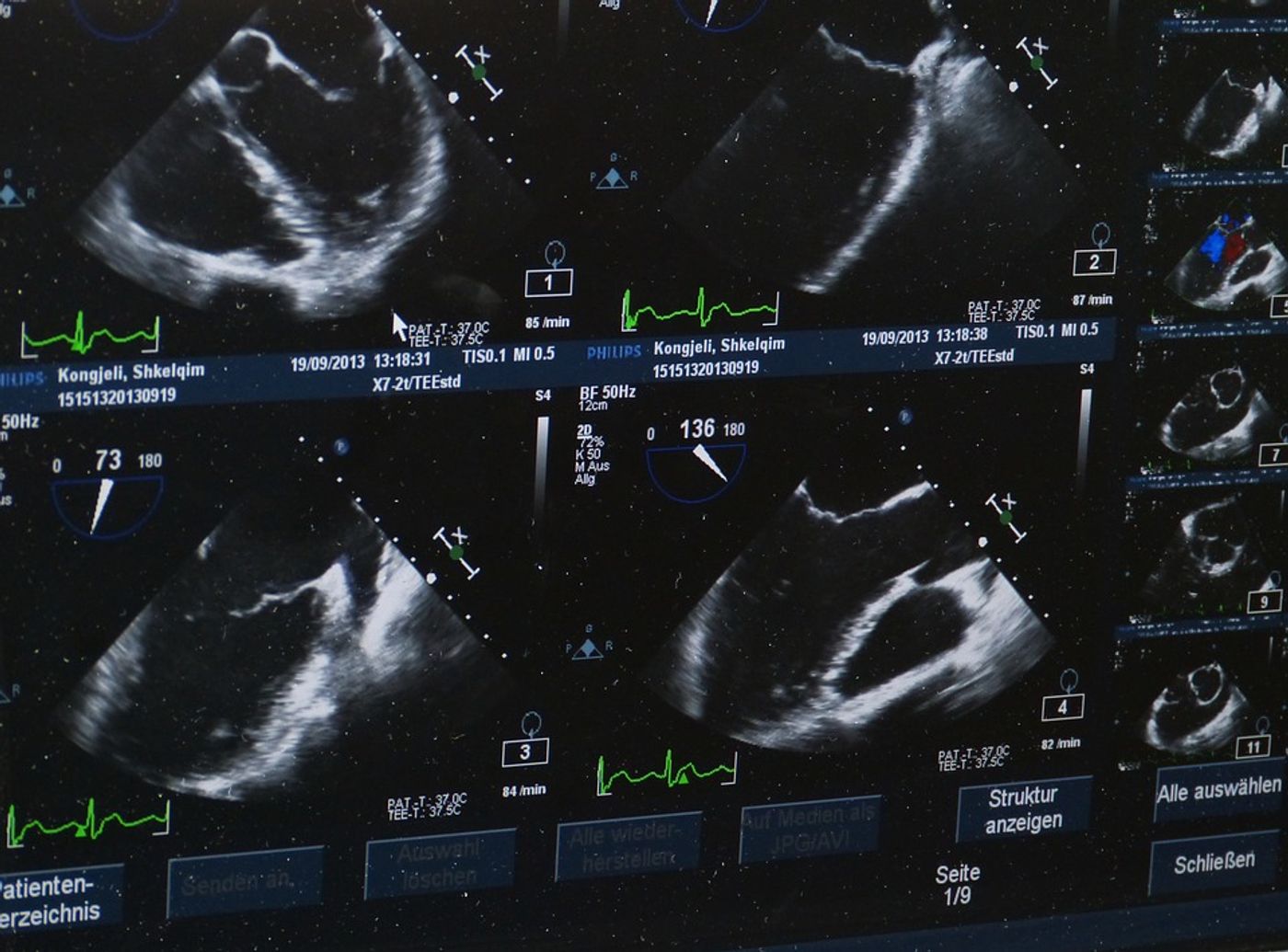Making Pregnancy Safer with a New Method for Monitoring the Fetal Heartbeat
With more frequent observation of the fetal heartbeat during pregnancy made possible by easy-to-use home monitoring, scientists anticipate doctors will be able to notice and address any complications sooner than with regular trips to the doctor. The new home monitoring system is the result of a new study of a noise-filtering mathematical technique to process sounds, published in the journal Frontiers in Bioengineering and Biotechnology.
At the doctor’s office, trained specialists use traditional equipment to monitor the fetal heartbeat:
- Doppler ultrasound probes
- Electrical fetal monitoring systems
These techniques are costly and require training to use, making it virtually impossible to adapt them for use in the home. And while simpler methods merely use external vibration sensors to collect acoustic signals produced by the fetal heart to analyze, multiple conflicting noises get in the way: the mother’s heartbeat, breathing, and noises from digestion. Combined with the fact that the fetal heartbeat has a low acoustic energy to start, the “listening method” isn’t good enough compared to what the doctor can do in the office with high-tech equipment.
However, the new technique was designed to separate the sound of the fetal heartbeat from anything else a vibration sensor might pick up. With the system more effective, doctors can send the equipment home with pregnant women, allowing them to frequently collect recordings remotely, sending them back to the doctor for analysis.
"We wanted to see if a mathematical analysis technique called Wavelet Transform-Fractal Dimension, that has been successfully used to de-noise lung and bowel sounds, could be used to examine fetal heart sounds more accurately," explained Elisavet Koutsiana from the Aristotle University of Thessaloniki.
Koutsiana and other researchers looked at the potential of the Wavelet Transform-Fractal Dimension technique when applied to a database of simulated fetal heart recordings, which included fetal hearts with common complications like arrhythmias, followed by real recordings. The technique successfully separated sounds so they could isolate the heartbeat.
"Our work suggests that there is potential for low cost and continuous recordings of fetal heart sounds in the home," Koutsiana said. "We plan to continue the research with more real recorded signals to learn more about the fetal heart cycle and how it relates to health, and also to improve the accuracy of the system further. Our results should help doctors to make pregnancy safer."
Source: Frontiers









